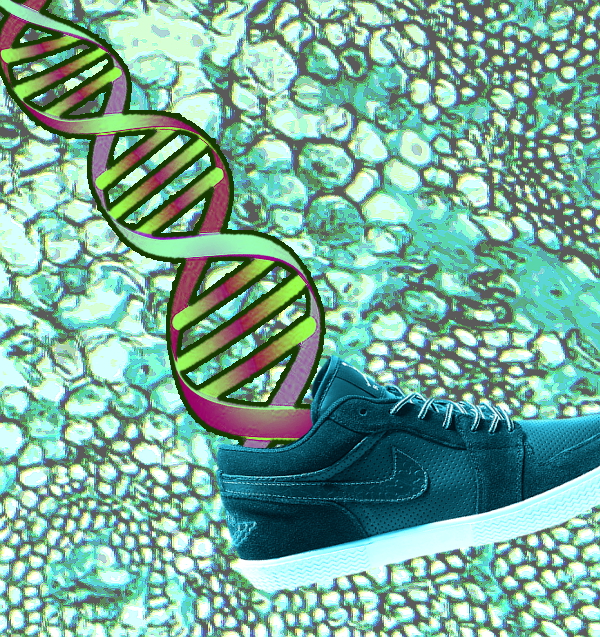Wandering DNA with cellular swagger
 Researchers have made a robot out of DNA that could one day wander the body hunting for cancer.
Researchers have made a robot out of DNA that could one day wander the body hunting for cancer.
Bio-engineers have reported on a nanoscale machine that can randomly walk in any direction across bumpy surfaces.
Future applications of the miniscule DNA walker include a cancer detector that could roam the human body searching for cancerous cells, and even tag them for medical imaging or drug targeting.
The DNA machines have been shown walking unprogrammed and in different directions over a DNA-coated surface.
Previously, nanoparticle walkers were only able to walk on precise and programmed one and two-dimensional paths, but this walker was able to move a full 36 steps, in a random fashion that has not been achieved before.
“DNA nanotechnology is especially interesting because it explores the world of ‘matter computers,’ where computations [in this case, walking] are carried out by physical objects, rather than by electronic or magnetic shuttles,” says Professor Andrew Ellington, from the Department of Molecular Biosciences at the University of Texas.
“DNA walkers may eventually allow protective cells to walk the surface of organs, constantly computing whether a cancer is present.”
“All breakthroughs begin with baby steps. Only in this case, they are the steps of a DNA walker,” said fellow researcher Cheulhee Jung.
The walker is made from a single piece of DNA with two legs connected by a torso. Like a human, it moves by putting one leg forward, then lifting the other leg and putting it forward.
The walker autonomously and randomly decides where to put its leg on each step.
The study demonstrated that as the nanoscale machine walked, it did not go over the same area twice.
The full study has been published in the journal Nature Nanotechnology.








 Print
Print